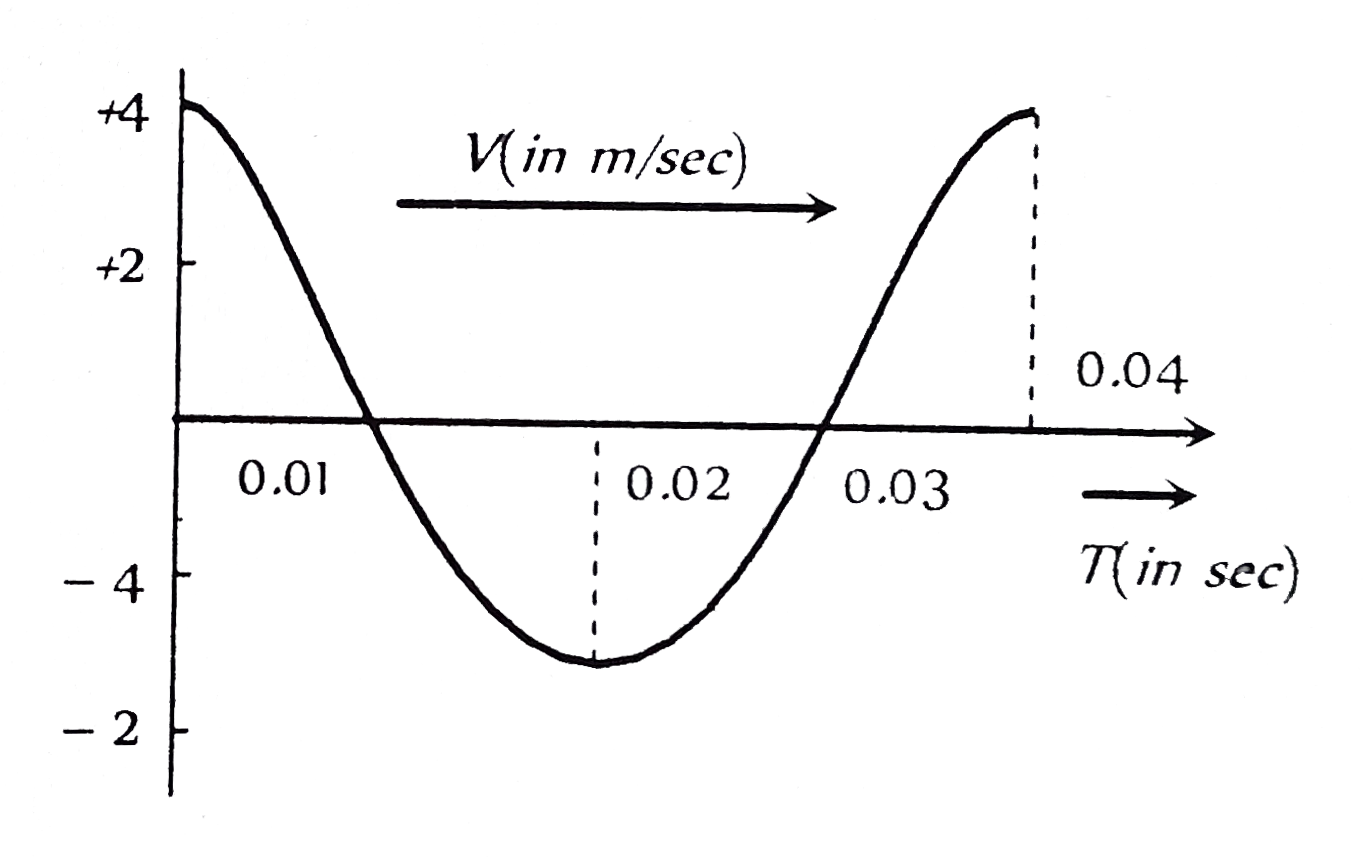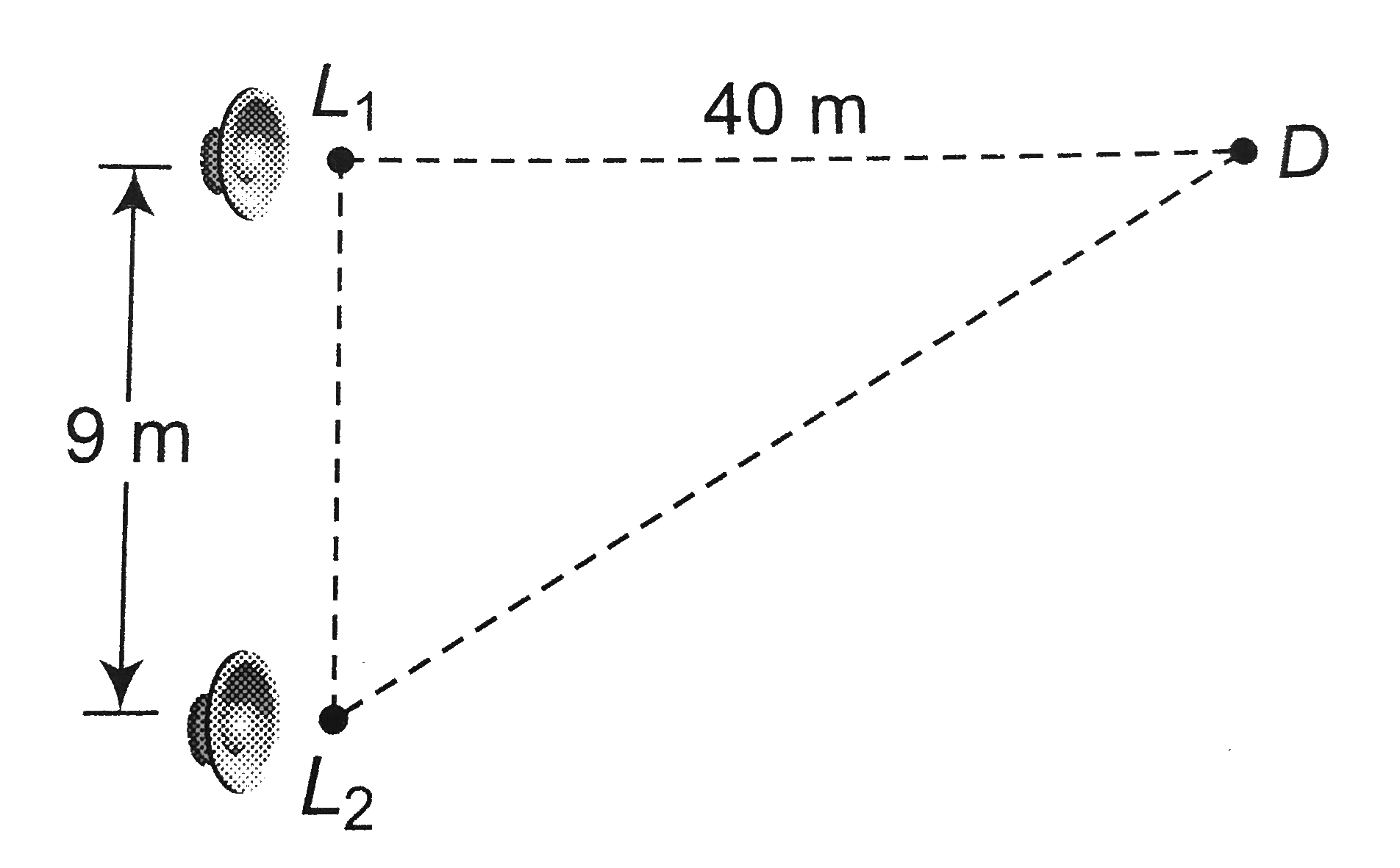An oscillator is nothing but an amplifier with
positive feedback
high gain
no feed back
negative feed back
The correct Answer is:A
Step by step video & image solution for An oscillator is nothing but an amplifier with by Physics experts to help you in doubts & scoring excellent marks in Class 11 exams.
Updated on:21/07/2023Topper's Solved these Questions
- SEMICONDUCTORSBOOK - ALLENCHAPTER - SEMICONDUCTORSEXERCISE - Part-3(Exercise-3)
27 Videos
- SEMICONDUCTORSBOOK - ALLENCHAPTER - SEMICONDUCTORSEXERCISE - Part-3(Exercise-4)
51 Videos
- SEMICONDUCTORSBOOK - ALLENCHAPTER - SEMICONDUCTORSEXERCISE - Part-3(Exercise-1)
84 Videos
- PHYSICAL WORLD, UNITS AND DIMENSIONS & ERRORS IN MEASUREMENT BOOK - ALLENCHAPTER - PHYSICAL WORLD, UNITS AND DIMENSIONS & ERRORS IN MEASUREMENT EXERCISE - EXERCISE-IV
8 Videos
- WAVES AND OSCILLATIONSBOOK - ALLENCHAPTER - WAVES AND OSCILLATIONSEXERCISE - Part-1(Exercise-05)[B]
42 Videos
Similar Questions
A transistor oscillator is
(i) An amplifier with positive feedback
(ii) An amplifier with reduced gain
(iii) The one in which DC supply energy is converted into AC output energy. Then
View SolutionAn amplifier is nothing but an oscillator with-
View SolutionA triode value has amplification factor 21 and dynamic plate resistance 10kΩ. This is used as an amplifier with a load of 20kΩ). Find the gain factor of the amplifier.
View SolutionA transistor is used as an amplifier in CB mode with a load resistance of 5kΩ the current gain of amplifier is 0.98 and the input resistance is 70Ω, the voltage gain and power gain respectively are
View SolutionThe velocity-time diagram of a harmonic oscillator is shown in the adjoining figure. The frequency of oscillation is

View SolutionSound is amplified by the
View SolutionOperational amplifier is a
View SolutionTo use a transistor as an amplifier
View SolutionTo use a transistor as an amplifier
View Solution
Two loudspeakers L1 and L2 driven by a common oscillator and amplifier, are arranged as shown. The frequency of the oscillator is gradually increased from zero and the detector at D records a series of maxima and minima. If the speed of sound is 330ms−1 then the frequency at which the first maximum is observed is
View Solution
